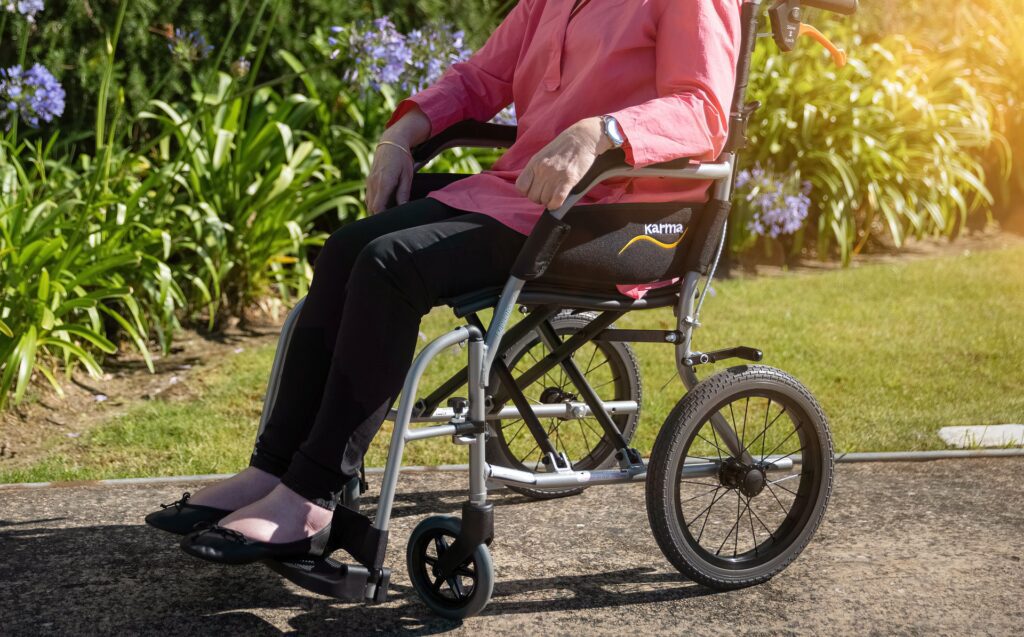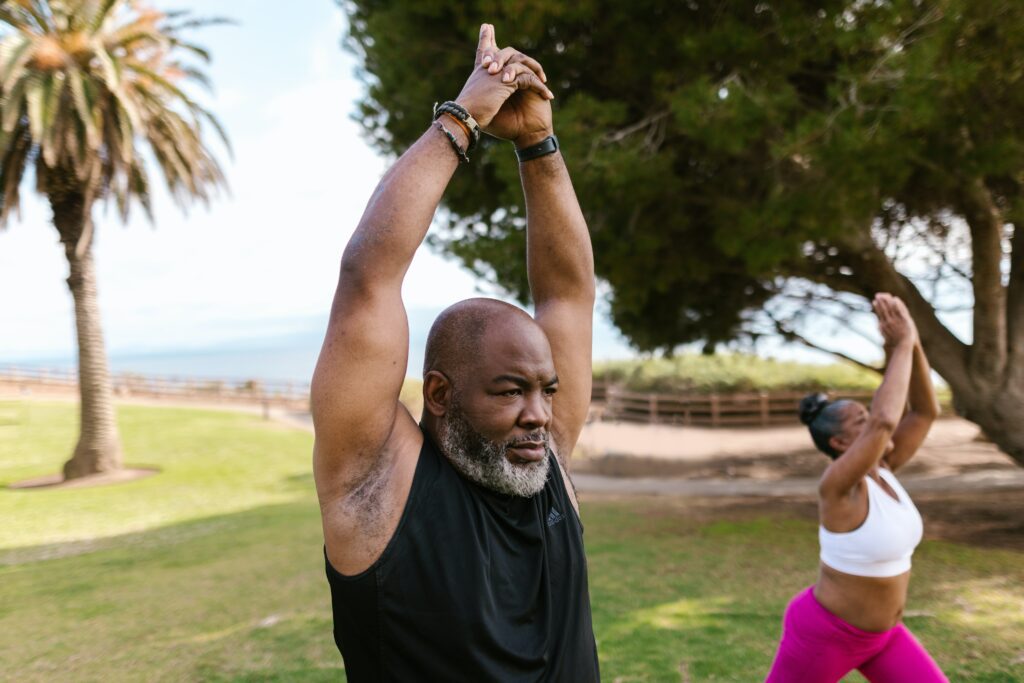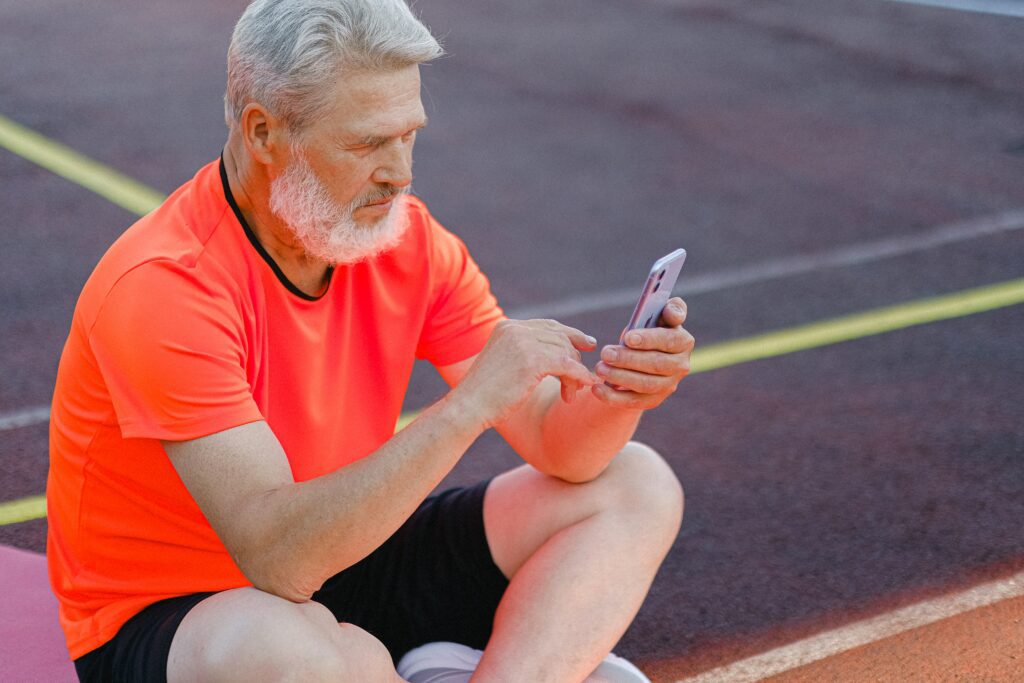Equipment Used For Easy Mobility For Seniors
Many of us risk losing our mobility as we become older. Although it’s normal for our bodies to alter as we get older, products are available that can help older adults with disabilities keep their mobility especially in times of emergencies.
Patients frequently inquire about options when illness or disability threatens to limit mobility. Fortunately, mobility management has come a long way. You may find mobility assistance nowadays to help you with almost any issue.
This article will go through four of the most frequently recommended mobility aids that can increase your independence and promote better health throughout your entire life.
Mobility Devices That Can Transform Your Life
Mobility aids are made to give people who have trouble moving more flexibility and independence.
Mobility aids are typically used by those with disabilities or injuries, older folks at higher risk of falling, or both. Users using these gadgets have more independence, experience less discomfort, and experience greater confidence and self-esteem.
Here various mobility aids are available to accommodate people’s needs ranging from wheelchairs and stair lifts to canes and crutches.
Assistive canes
Assistive canes are helpful for those who have trouble balancing and are at risk of falling.
Typical cane designs include:
Quad canes. These canes feature four feet at the end, giving them a wider base and more solidity.
Arm canes.
Forearm canes. These canes provide greater weight distribution from the wrist to the arm by providing additional forearm support.
Some canes can be folded or adjusted. Walking sticks are canes used for non-medical reasons, such as by hikers.
White cane. These have been created especially to help those who are vision impaired. White canes allow the user to see objects in their path since they are longer and thinner than standard canes. Additionally, they let others know if the user is blind or visually handicapped.
Walkers
Walkers—also referred to as Zimmer frames—are composed of a metal structure with four legs that give the wearer stability and support.
A 3-sided frame surrounds the user of basic walkers. The process is repeated with the frame raised further in front of the user, who then steps forward to meet it.
Some walkers allow the user to slide the walker rather than lift it because the legs’ base includes wheels or slides. Those with weak arms will particularly benefit from this.
Additional models of walkers include:
Rollators. This popular walker design includes four wheels, handlebars, and a seat so the user can rest when necessary. Additionally, hand brakes are a safety element on rollators.
Knuckle walkers Similar to a rollator, this gadget enables the user to push themself forward with their stronger leg while resting one knee on a soft cushion.
Walker-cane crossbreeds. This mobility aid, which resembles a combination between a cane and a walker, has two legs rather than a full frame. It offers more assistance than a regular cane and can be used with one or both hands.
Must Read: Best Choice of Walkers for Seniors
Wheelchairs
Wheelchairs can be broadly classified into two groups:
Manual. Manual wheelchairs are more accessible and cost-effective for persons with stability and balance problems.
Power. Electric wheelchairs are more expensive yet require less manual effort to maneuver.
Your upper body strength is mostly responsible for the disparity. You’ll need some muscle to move around if you want to use a manual chair.
The desire to maintain or restore your independence is one of the main justifications for choosing mobility equipment. Your ability to maneuver the wheelchair when necessary may depend on variables other than your upper body strength.
Lightweight. A lightweight wheelchair is often made of a material like titanium; the wheelchair’s reduced weight makes it easier to transport or push. Additionally, this provides immediate advantages for both patients and caregivers.
Depending on your demands, wheelchairs are available in several sizes and designs. For instance, there are portable, lightweight devices that you can use rarely and regular types that provide greater assistance if you use them frequently.
Take into account the weight capacity of the model you have chosen, as this will vary based on the wheelchair’s size and make. Most importantly, ensure your weight can be properly supported without placing undue pressure on the motors or wheels.
Related Articles: Thinking of Buying A Wheelchair? Aspects to Remember When Purchasing Your Wheelchair
Scooters
When it comes to scooters and motorized wheelchairs, there is a lot of overlap. In actuality, these phrases are frequently used in the same sentence. Both are motor-driven, making them good choices if your upper body strength is weak. The main distinction is that most scooters don’t have joysticks for steering; instead, they have handlebars.
Due to their size, most scooters are not designed to be used indoors without major home modifications. Instead, they have outdoor-appropriate tires and sufficient power to let you operate them on various outdoor surfaces, such as paved paths and sidewalks.
For people who lack the upper body strength or flexibility to use a manual wheelchair, mobility scooters are helpful. Many scooter users claim that their mobility equipment choice has improved their lives.
Location-specific regulations govern the usage of mobility scooters on roads and walkways. Training is frequently offered for those who want to use a mobility scooter for the first time.
Who can use a mobility device?
Mobility aids are beneficial for anyone who has a mobility impairment, whether it is short-term or long-term. The kind of mobility aid employed depends on the user’s requirements.
Older Adults who has this common diseases may benefit from the mobility assistance:
- Damage to the feet, legs, or back
- Obesity
- Spina Bifida
- Arthritis
- Cryptic palsy
- Developmental alterations
- Diabetes wounds and ulcers
- Walking impairment brought on by a stroke
- Impairment of vision or blindness
- Trouble staying balanced
- Lower limb fractures or shattered bones
- Gout
- Lung or heart problems
- Sprain or a strain
Mobility aids are especially beneficial for older folks, those who have had an amputation, and those recovering from surgery.
Improvements to Vehicles to Facilitate Mobility
Our mobility may start to deteriorate as we become older. Driving and getting around can be challenging, as a result, particularly if we need relatives or friends nearby to assist us. It’s a good thing that a variety of items on the market may help older people with disabilities preserve their independence.
Consider relocating to a single-story home so you won’t have to bother with stairs. Whatever adjustments you make must enable you to maintain your independence for as long as possible.
Mobile Equipment for Public Areas
Accessibility
Accessibility is rarely taken into consideration while designing public facilities. People who have mobility issues may find it challenging to get around as a result. Older people with mobility impairments can move around more readily with mobility aids like wheelchairs, scooters, and walkers.
Size and weight
Some users may find certain devices too big or heavy. Make sure the user can comfortably operate the equipment you chose.
Tires
The tires used on the gadget should be suitable for the terrain it will be utilized on. Smooth tires may be adequate if the gadget was intended to be used primarily indoors, but all-terrain tires may be a preferable option if used indoors and outside.
Conclusion
Seniors with disabilities have access to a wide range of products that aid with simple mobility. Scooters, motorized wheelchairs, and stair lifts are a few of these goods. With so many available options, it’s crucial to speak with a healthcare professional to determine which is best for your needs.
Mobility devices available now come in various alternatives to accommodate almost any ability level. Finding the ideal fit can significantly increase your freedom and quality of life, regardless of how long-lasting your disease is. However, it would help if you only used mobility equipment with instruction; a proper fit and match are essential for safe and efficient use.






